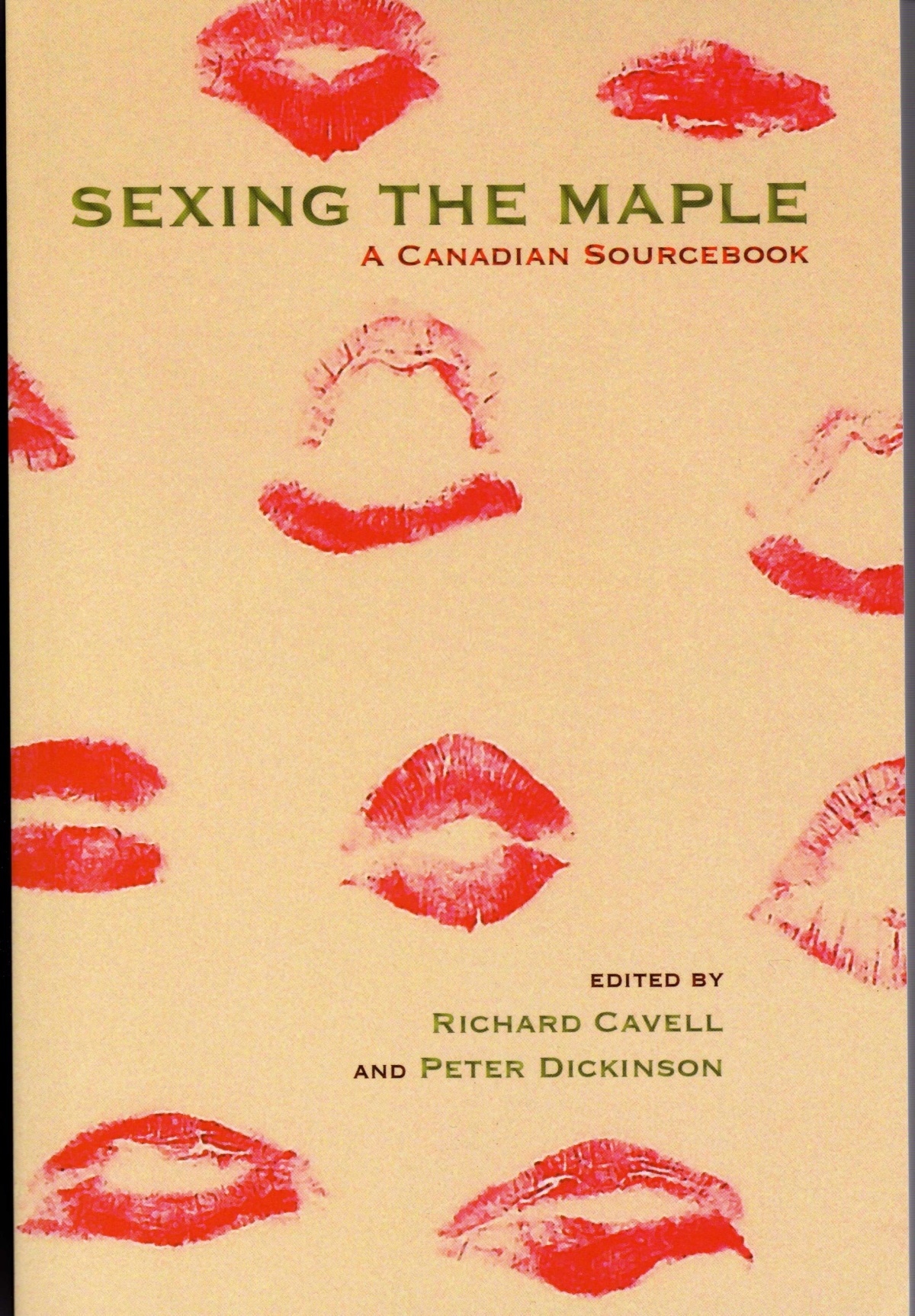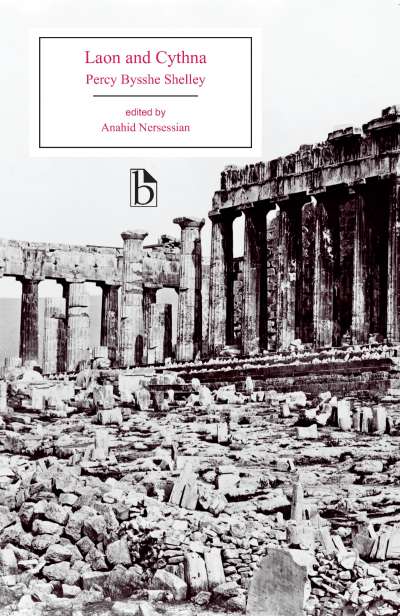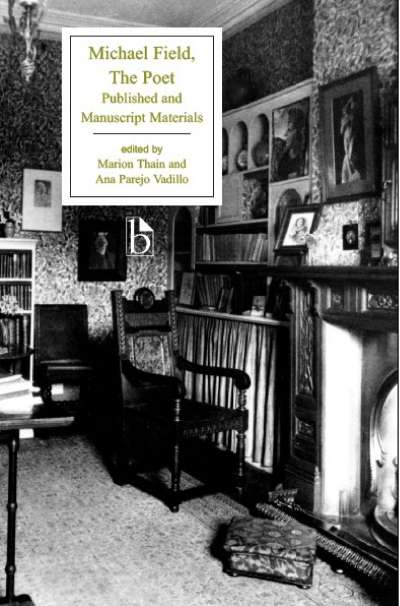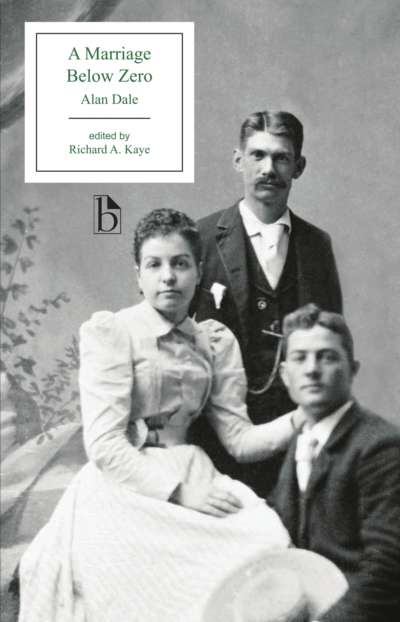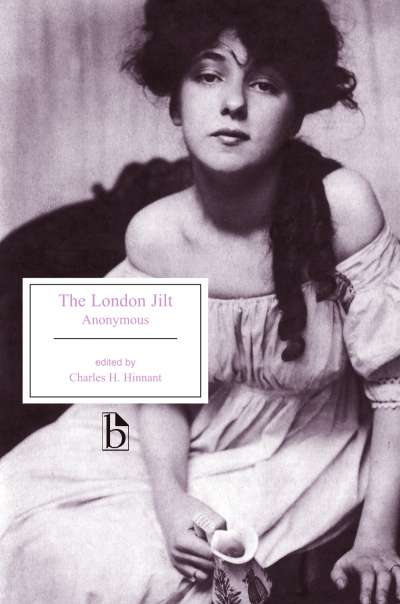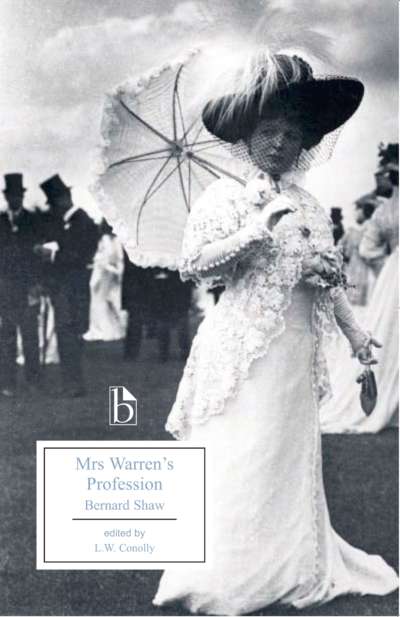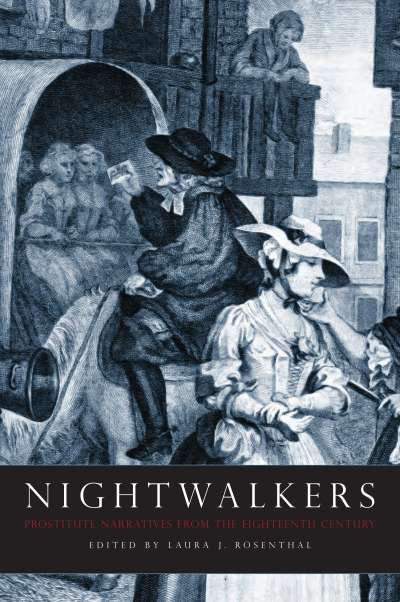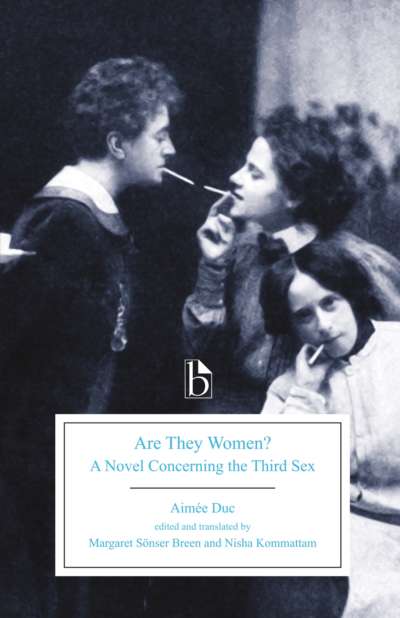Sexing the Maple is a unique sourcebook designed to raise issues of nationalism and sexuality in Canada through a rich and diverse selection of fiction, poetry, criticism, and history. Structured so as to provide an interactive study of these issues, the collection considers topics as wide-ranging as First Nations sexuality, censorship, assisted reproduction, and religion.
Literary works by Alice Munro, Jane Rule, Timothy Findley, Leonard Cohen, Irving Layton, Lynn Crosbie, Michael Turner, and many others are juxtaposed with criticism and historical documents, many of which were previously out of print or unavailable. Selections include Marshall McLuhan’s 1967 article “The Future of Sex” and excerpts from Stan Persky and John Dixon’s Kiddie Porn, SKY Lee’s Disappearing Moon Cafe, and Margaret Atwood’s A Handmaid’s Tale.
Comments
“I read this brave book in a canoe. A tribute both to its Canadianness and to Cavell and Dickinson’s balancing act in assembling this rich stew of literary nuggets and historical analysis. Sexing the Maple will be an indispensable resource for any future exploration of sexuality and gender in English Canada whether through a cultural or a historical point of view. Indeed its provocative lesson is that the two cannot be separated in any serious excursion into sexuality in this country or any other. Canonical and non-canonical, queer, queering and beyond, here is a sturdy paddle for those upcoming rapids.” — Thomas Waugh, Concordia University
“Sexing the Maple takes sex out of Canada’s cultural closet. Richard Cavell and Peter Dickinson have assembled an outstanding anthology with fiction and poetry by leading Canadian writers, rare and out-of-print material, and a superb selection of critical articles. The historical and cultural range of topics is impressive, covering the gamut of Canuck sex from anti-masturbation tracts and weird sex in Canadian film to reproductive laws and transgender surgery. This is the first book to theorize and document how stories about our sexualities articulate our sense of Canadian nationhood. The research is impeccable, the theorizing trailblazing, the writing compelling. This book is bold, ambitious, and provocative.” — Irene Gammel, Ryerson University
Acknowledgements
Sex and Canada: A Theoretical Introduction
Sex and the Family
Alice Munro, “Family Furnishings,” Hateship, Friendship, Courtship, Loveship, Marriage (2001)
Ivan E. Coyote, “Just Like My Dad,” Boys Like Her (1998)
Gertrude Pringle, from Etiquette in Canada (1949)
Michael Bliss, “‘Pure Books on Avoided Subjects’: Pre-Freudian Sexual
Ideas in Canada,” Historical Papers (1970)
Mariana Valverde, “Families, Private Property, and the State:
The Dionnes and the Toronto Stork Derby,” Journal of Canadian
Studies 29.4 (1994–95)
Sex and Media
Irving Layton, “The Improved Binoculars,” Collected Poems (1971)
Persimmon Blackridge, from Prozac Highway (1997)
Nicole Markotic, from Yellow Pages: A Catalogue of Intentions (1995)
Marshall McLuhan and George B. Leonard, “The Future of Sex,”
Look Magazine (1967)
Katherine Monk, from Weird Sex and Snowshoes (2001)
Sex and Medicine
Derek McCormack, “Stargaze,” Dark Rides (1996)
Trish Salah, “Surgical Diary,” Wanting in Arabic (2002)
Patricia Baird, et al., Proceed with Care: Final Report of the Royal Commission
on New Reproductive Technologies: Summary and Highlights (1993)
John Colapinto, from As Nature Made Him (2000)
Sex and Gender
Dorothy Livesay, “On Looking into Henry Moore,” Collected Poems (1972)
Jane Rule, “The Killer Dyke and the Lady,” Outlander (1981)
Daphne Marlatt, from Ana Historic (1988)
Lyndell Montgomery, “Border Crossing: On the Edge,” Boys Like Her (1998)
Roberta Hamilton, “Representation and Subjectivity: Women as Sexual
Objects,” Gendering the Vertical Mosaic: Feminist Perspectives on Canadian
Society (2004)
Sex and Race
SKY Lee, from Disappearing Moon Café (1990)
Ian Iqbal Rashid, “An/other Country,” from Black Markets, White Boyfriends
and other acts of elision (1991)
Gregory Scofield, from Thunder Through My Veins: Memories of a Métis
Childhood (1999)
Martin Cannon, “The Regulation of First Nations Sexuality,” Canadian
Journal of Native Studies 18.1 (1998)
Karen Dubinsky and Adam Givertz, “‘It was Only a Matter of Passion’:
Masculinity and Sexual Danger,” Gendered Pasts: Historical Essays in
Femininity and Masculinity in Canada (1999)
Sex and Religion
Timothy Findley, from Not Wanted on the Voyage (1984)
Leonard Cohen, from Beautiful Losers (1966)
Margaret Atwood, from The Handmaid’s Tale (1985)
Nancy Christie, “Sacred Sex: The United Church and the Privatization
of the Family in Post-War Canada,” Households of Faith (2002)
Iain A.G. Barrie, “A Broken Trust: Canadian Priests, Brothers,
Pedophilia, and the Media,” Sex, Religion, Media (2002)
Sex and the Law
Michael Turner, from The Pornographer’s Poem (1999
Lynn Crosbie, from Paul’s Case (1997)
Jane Rule, Detained at Customs: Jane Rule Testifies at the Little Sister’s Trial (1995)
Gary Kinsman, “‘These Things May Lead to the Tragedy of Our Species’:
The Emergence of Homosexuality, Lesbianism, and Heterosexuality
in Canada,” The Regulation of Desire: Homo and Hetero Sexualities (1996)
Stan Persky and John Dixon, from On Kiddie Porn (2001)
Sources
Richard Cavell is Professor of English at the University of British Columbia. He is the author of McLuhan in Space: A Cultural Geography (University of Toronto Press, 2002).
Peter Dickinson is Assistant Professor of English at Simon Fraser University and the author of Here is Queer: Nationalisms, Sexualities, and the Literatures of Canada (University of Toronto Press, 1999).

